Quartz movements get a bad rap from mechanical purists and I’ll never get it. The ticking second hand can apparently leave you feeling cold, especially when you’re used to the smooth sweep of an automatic. But for me, that’s always been a bit unfair. The real question isn’t whether quartz can match mechanicals—it’s whether it should have to. Bulova’s HPQ (High-Performance Quartz) Precisionist movement is out to prove that quartz doesn’t just get the job done.
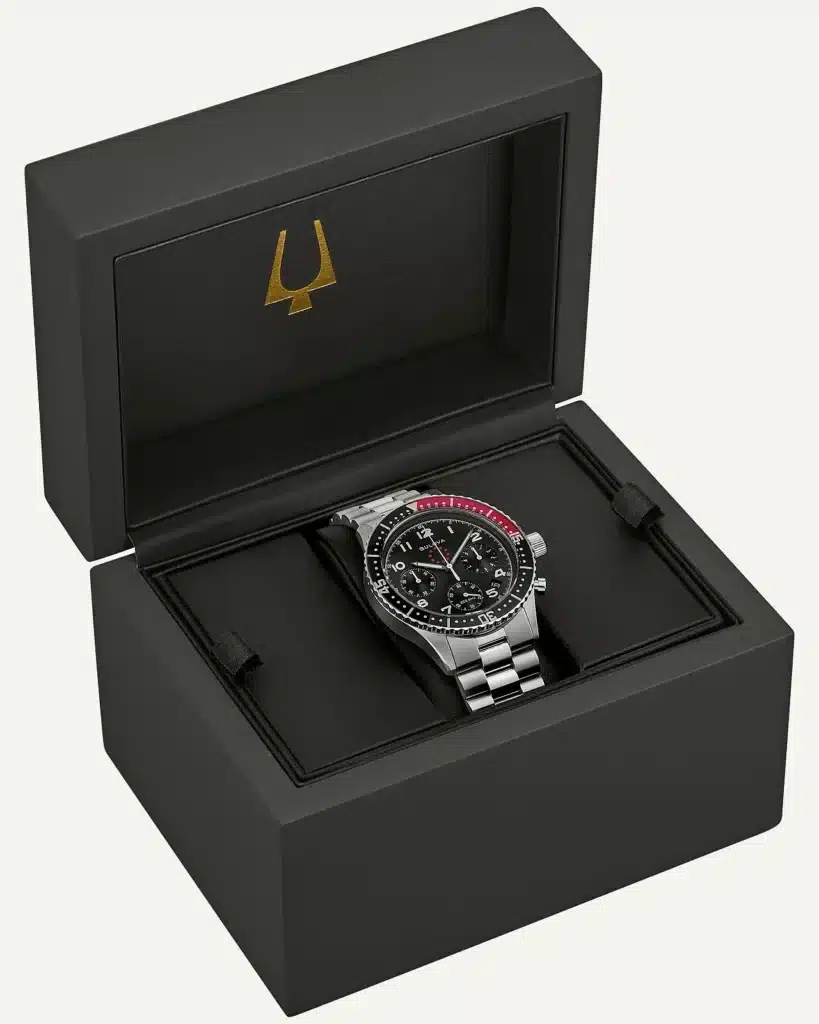
For years now, I’ve been championing quartz for its reliability and value (especially in a watch like my old Lunar Pilot), and this watch takes that love to the next level. By all measures, Bulova’s HPQ Precisionist blows most mechanicals out of the water, especially when you’re talking about watches in the under-$1,000 range. If you haven’t taken a closer look at this movement yet, you’re missing out.
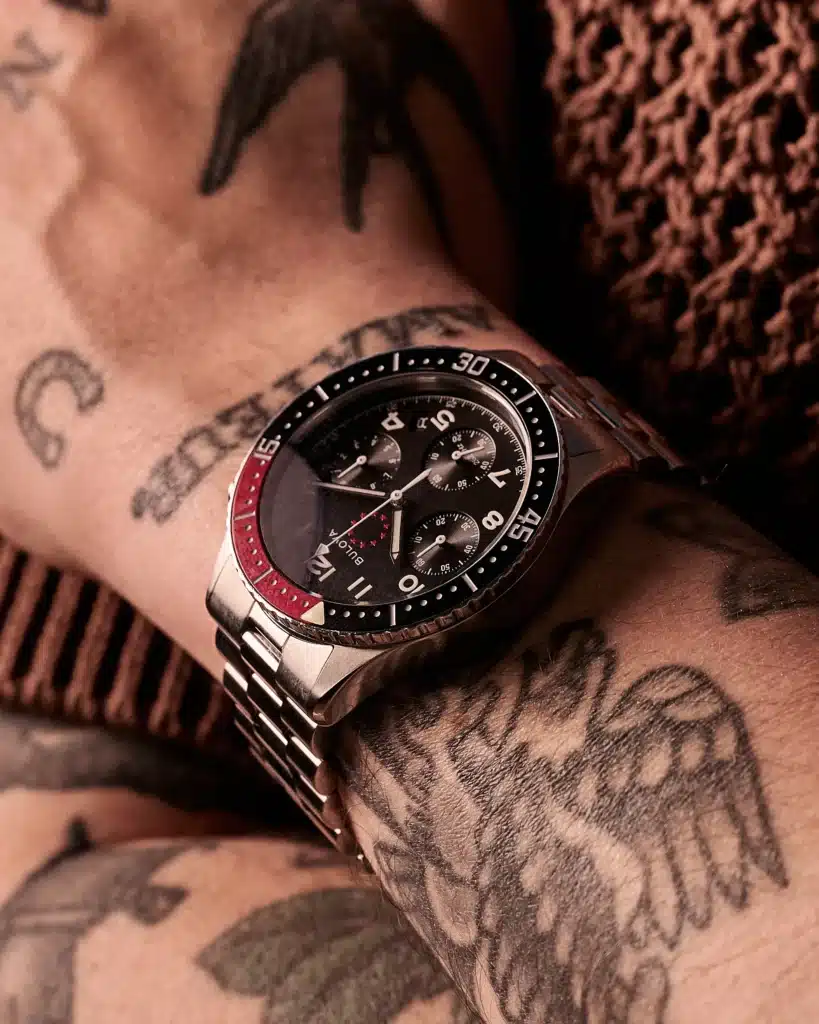
The Marine Star Heritage looks like a true evolution of a classic. Originally a ‘70s Bulova favorite, this new version brings a similar bold design, with a twist: the addition of a 1/20 second chronograph register. Sure, it’s got the retro charm, but now it packs some serious performance too.
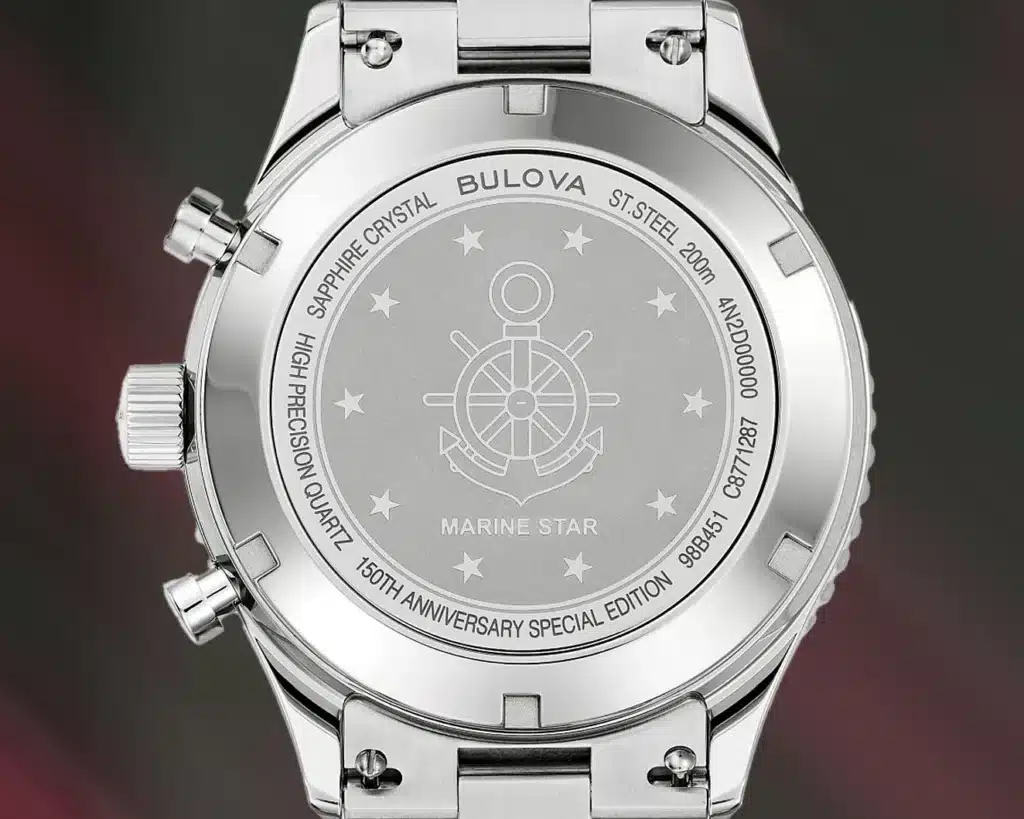
I’ve been a long-time believer in quartz for a reason. It’s the ultimate in practicality, and when done right, it’s as smooth as a fine mechanical. The HPQ Precisionist is a movement that’s built with precision in mind. Citizen, Bulova’s parent company, grows its own quartz crystals, so they’re not just cutting corners here.
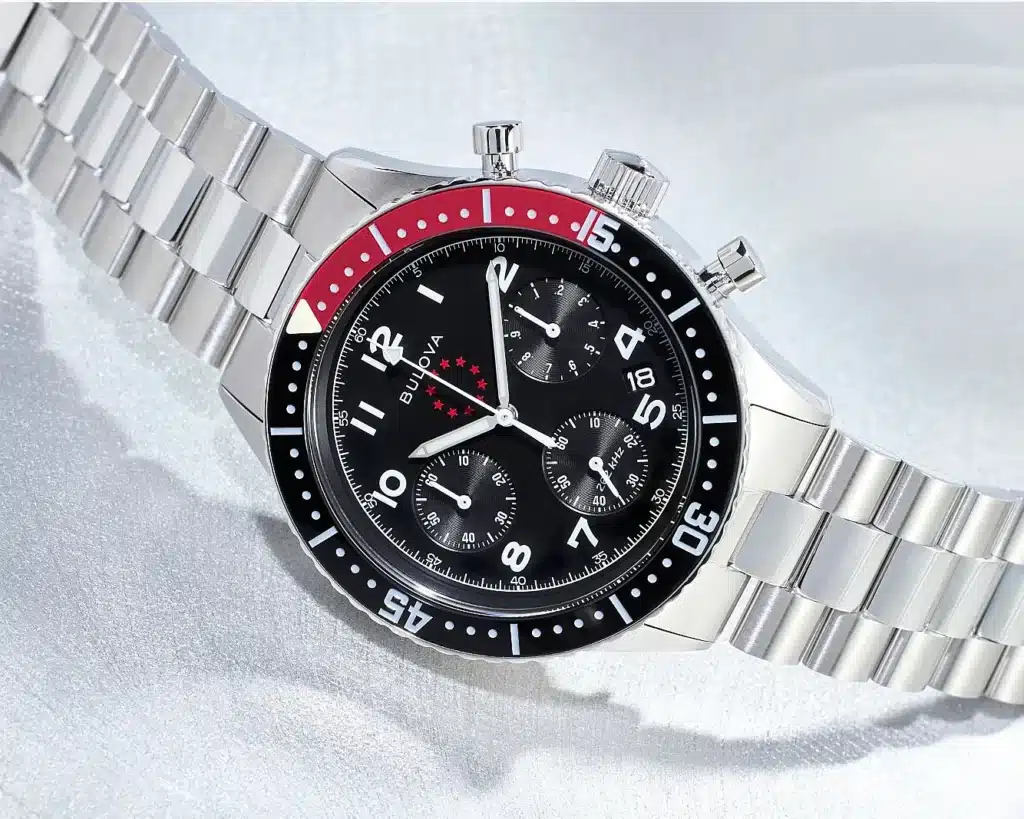
The HPQ movement features a three-prong quartz crystal that vibrates at 262 kHz—eight times faster than your average quartz. That means a seconds hand beats 20 times per second. That smooth sweep? It’s not a trick; it’s pure precision.
The Marine Star collection has been a go-to for Bulova fans for decades, but the ‘70s models hold a special place in collectors’ hearts. Bringing it back for their 150th anniversary is a no-brainer, and they’ve done it justice. The dial design is a dead ringer for the vintage models, right down to the pointed chronograph hand. The changes? They moved the ten-star logo up to fit the running seconds register and added a bright red 15-minute track on the bezel. Small tweaks, but I think it looks pretty solid.
The case is stainless steel, the sapphire crystal is AR-coated, and the bezel is ceramic. With a screw-down crown and case back, you get 200m of water resistance. The 43mm case might be a stretch for me but I’m sure it’ll work for those who prefer the feel of something larger on the wrist. My last Lunar Pilot was similar in size and I guess I got used to it.
The HPQ Precisionist has the precision and fluidity you’d expect from a much more expensive watch, but it’s all yours for under $1,000. The performance is insane for the price, and it’s the kind of thing you’ll most likely only fully appreciate once you see it in action.
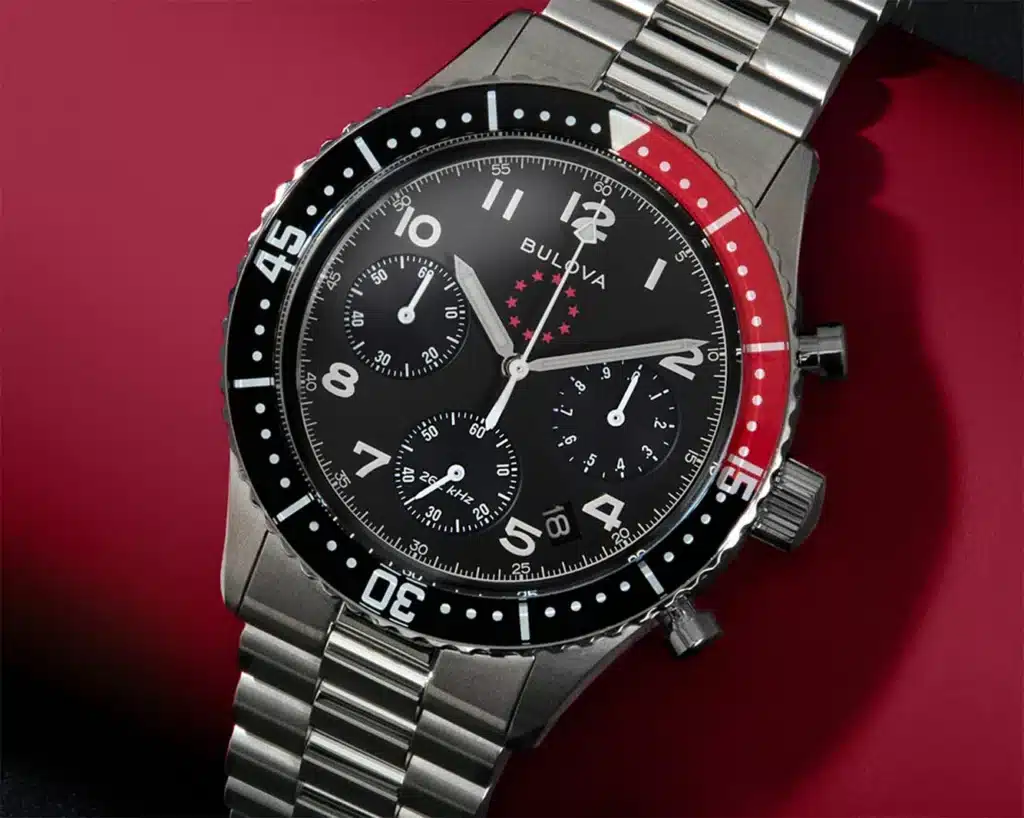
So, yeah, maybe this quartz thing isn’t just a stopgap until you can afford your next mechanical. It’s an endgame for some when it comes to high-performing movements like this one. The Bulova Marine Star Heritage is available now for $995. When you consider what you’re getting for the price, it’s one hell of a watch. Don’t sleep on this one.

Co-Founder & Senior Editor
Michael Peñate is an American writer, photographer, and podcaster based in Seattle, Washington. His work typically focuses on the passage of time and the tools we use to connect with that very journey. From aviation to music and travel, his interests span a multitude of disciplines that often intersect with the world of watches – and the obsessive culture behind collecting them.
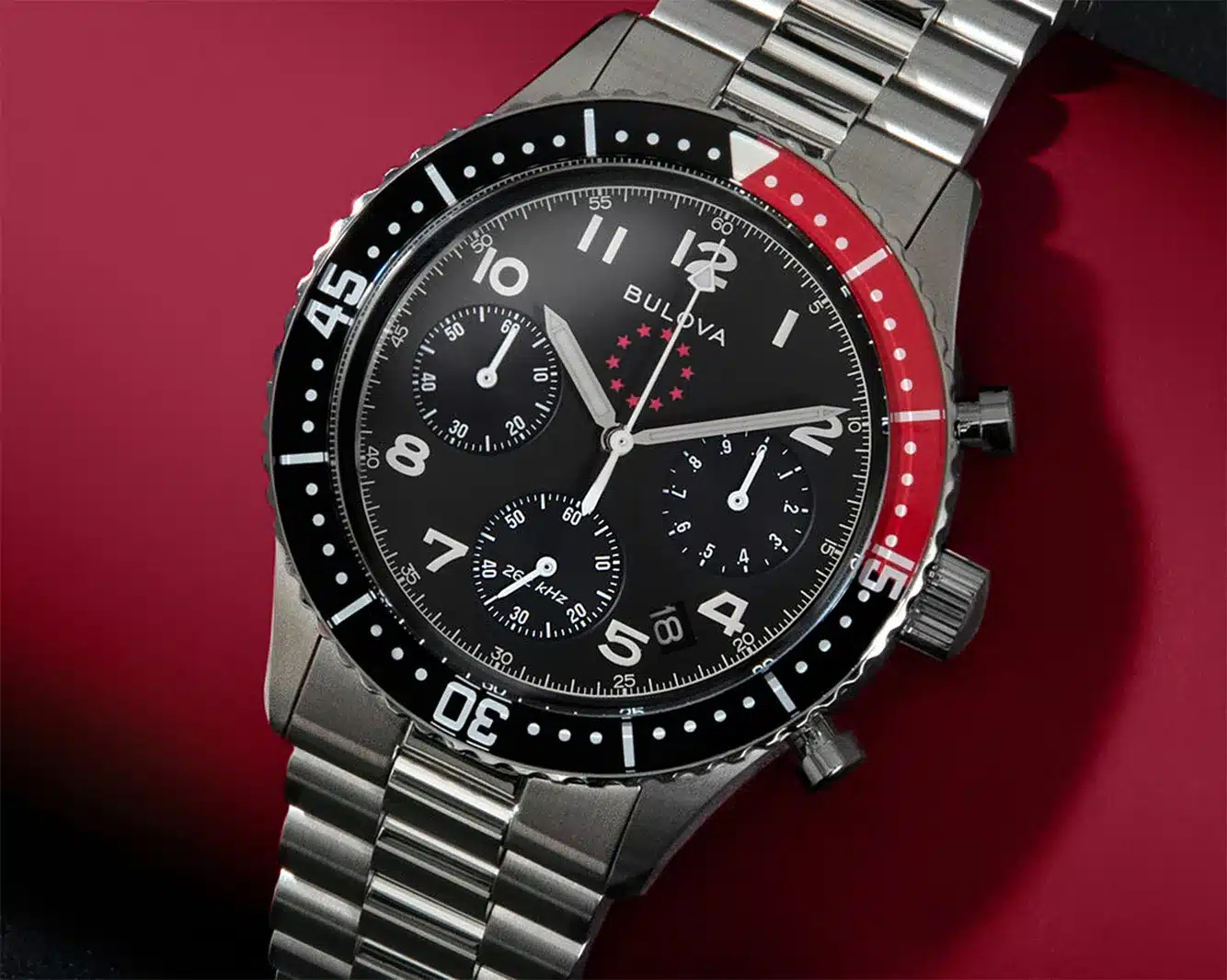
I have a Marine Star ‘C’, blue dial and two tone gold/silver. I love it. If only it had the Precisionist movement.